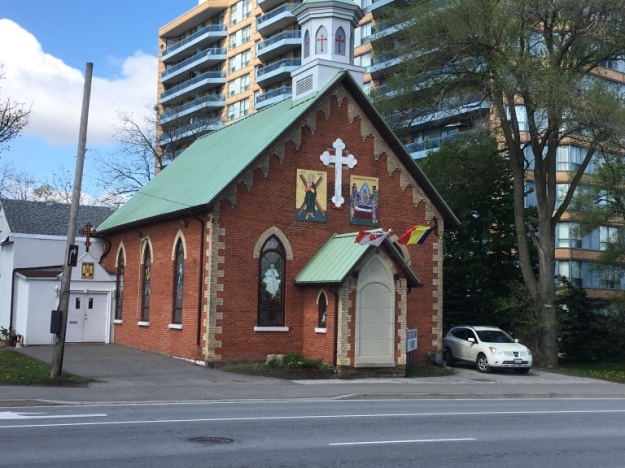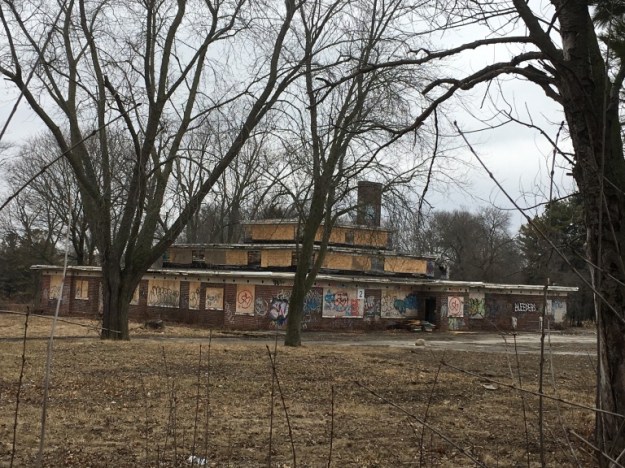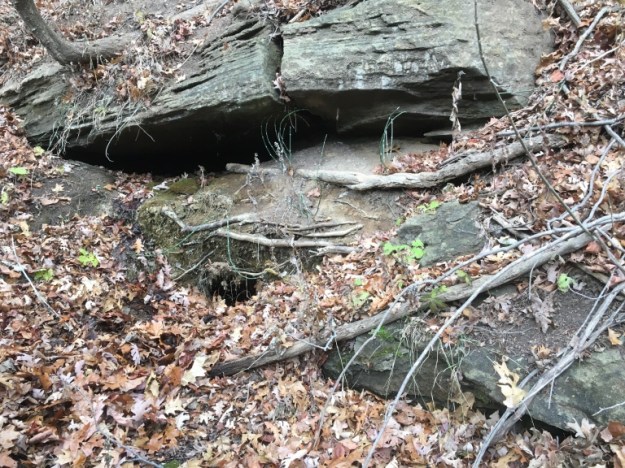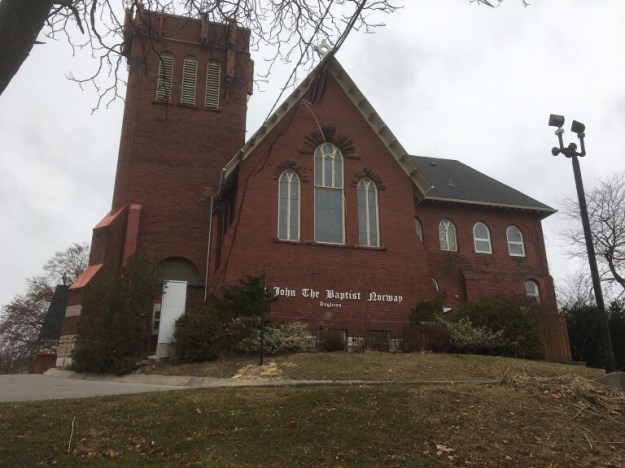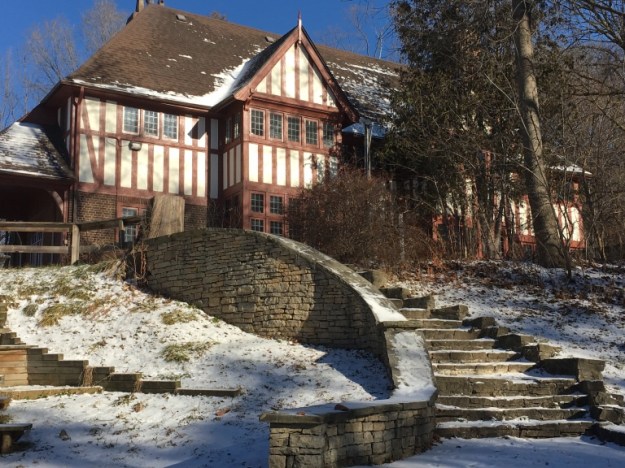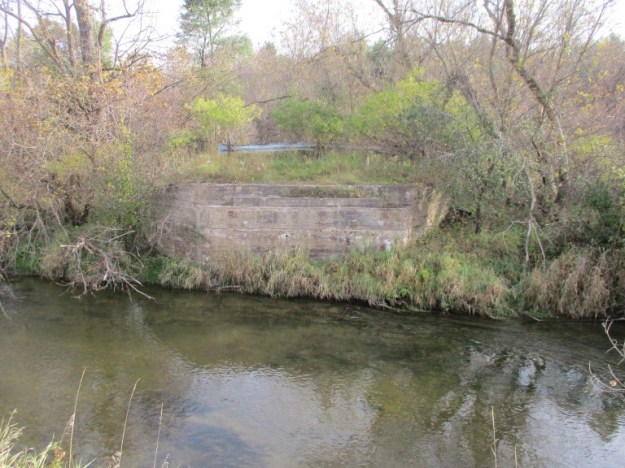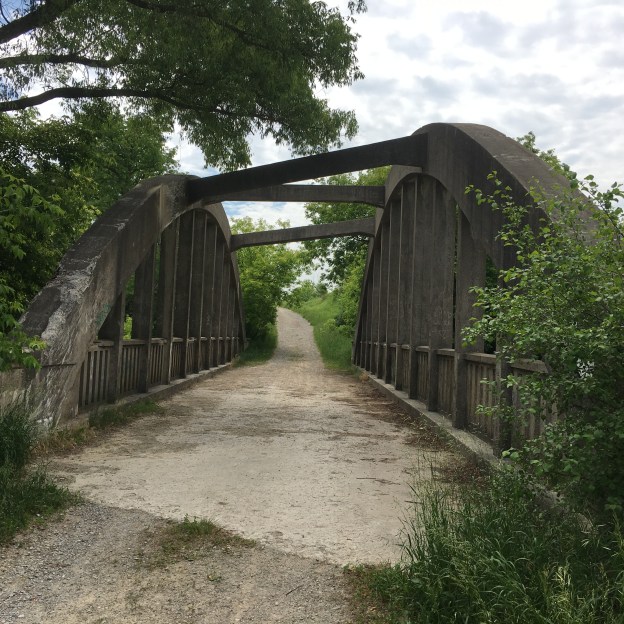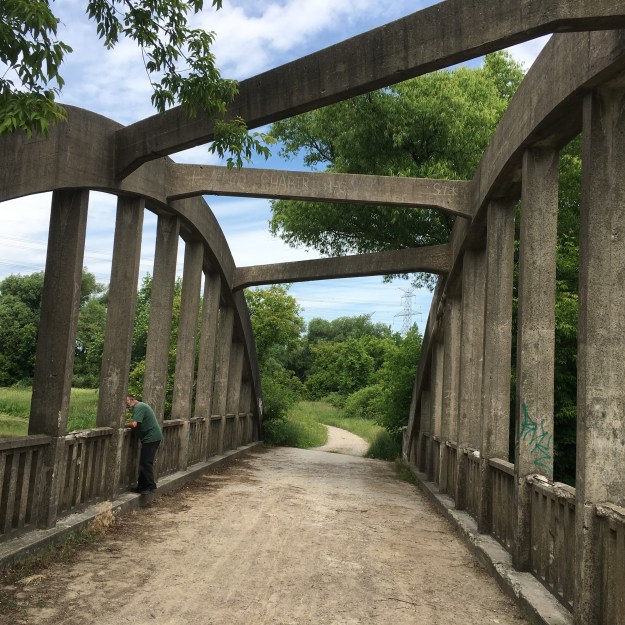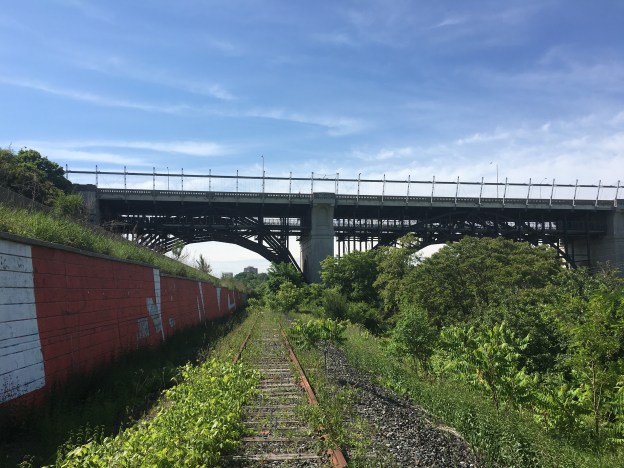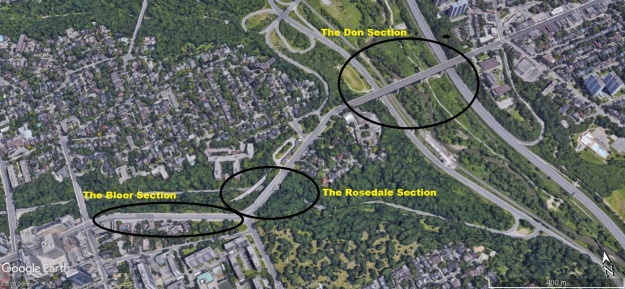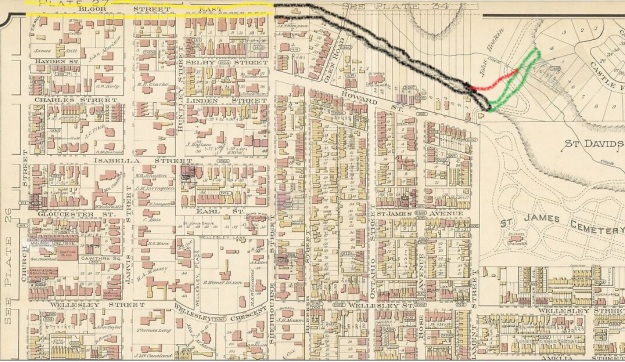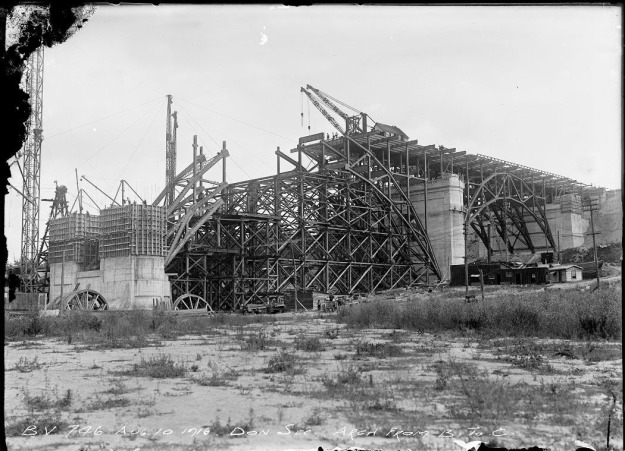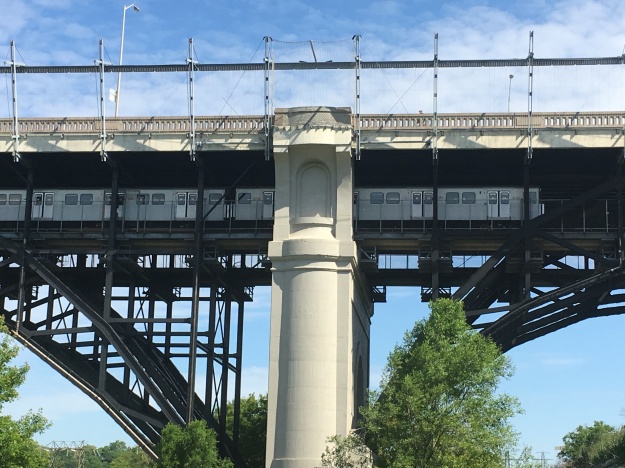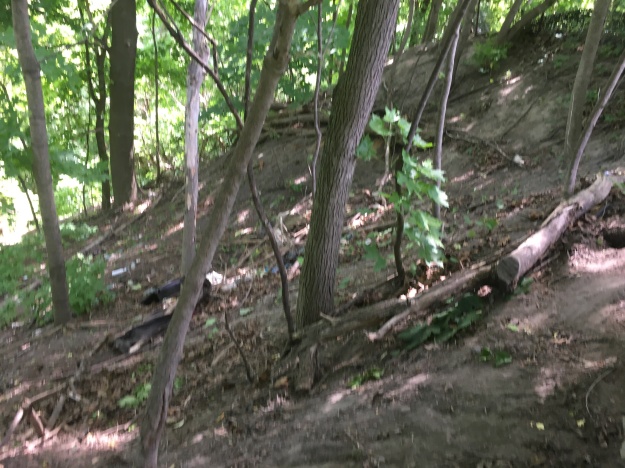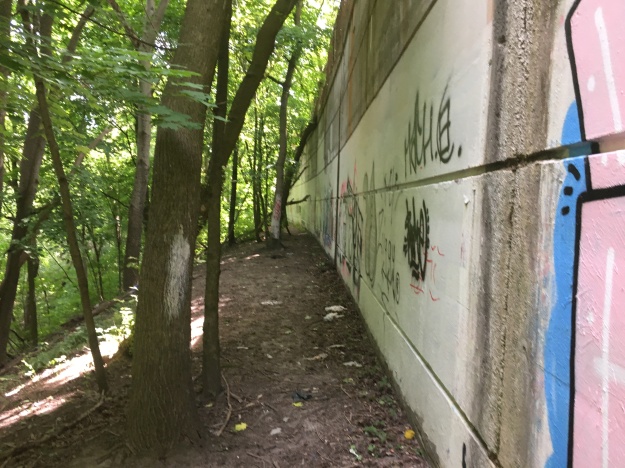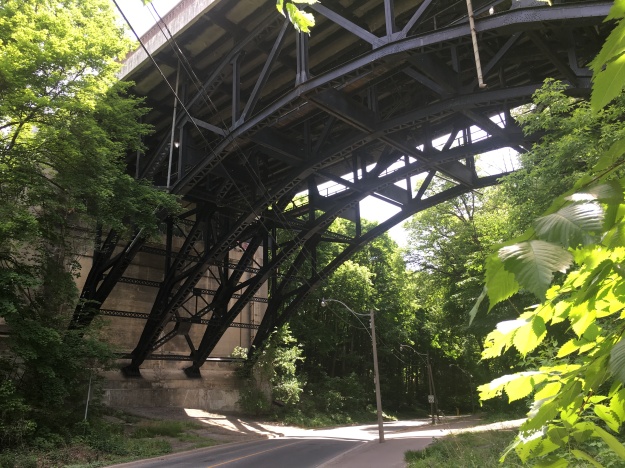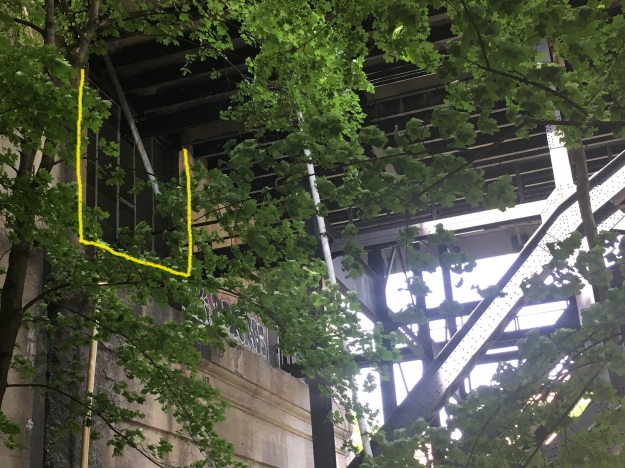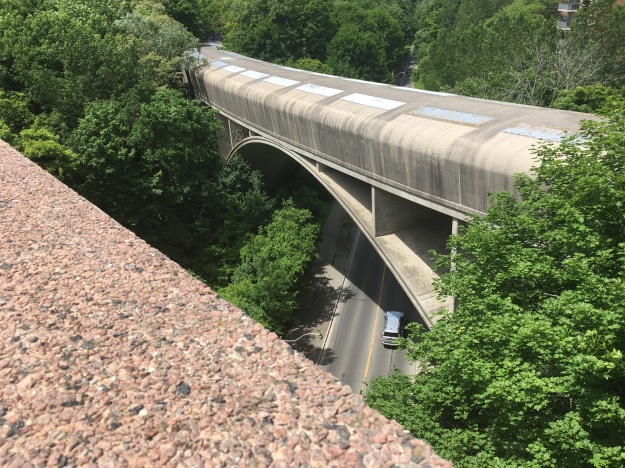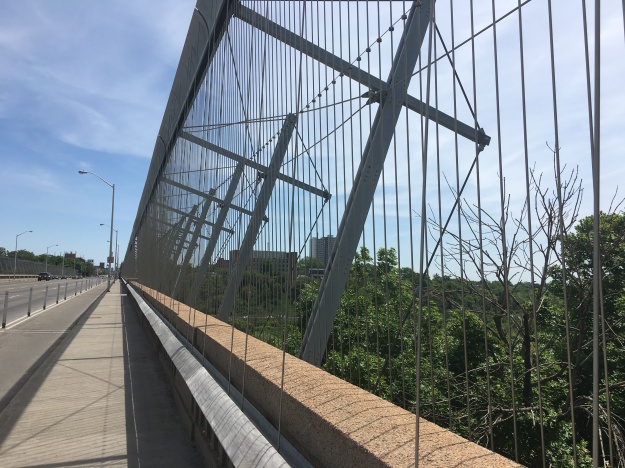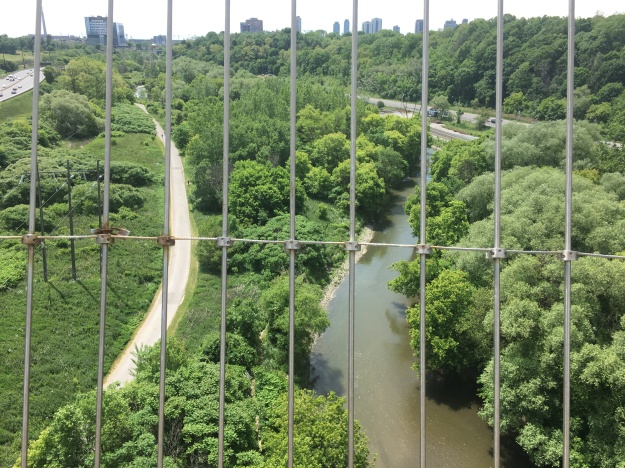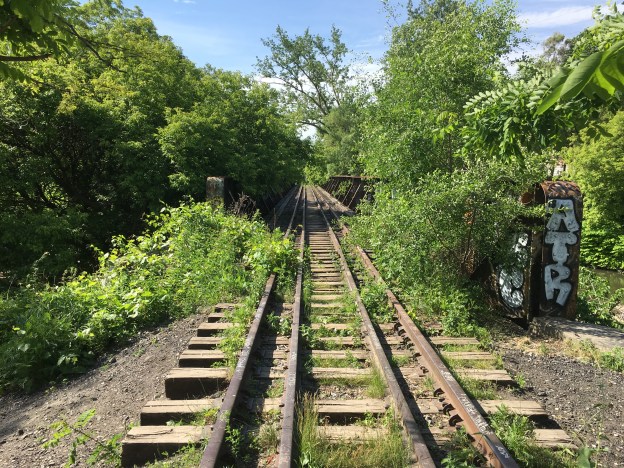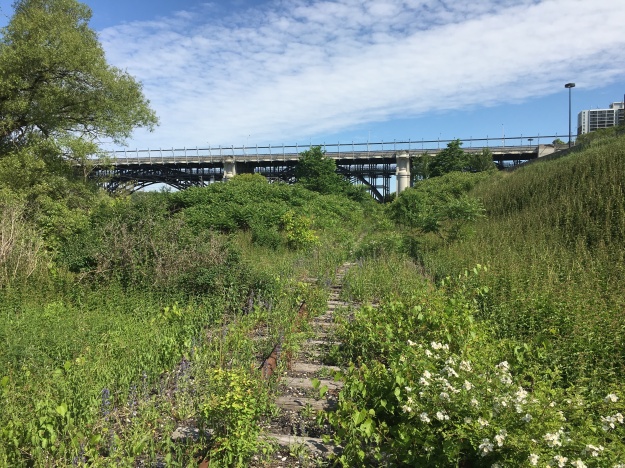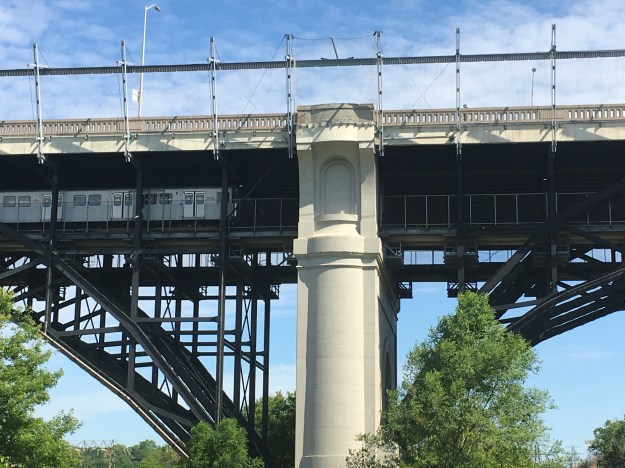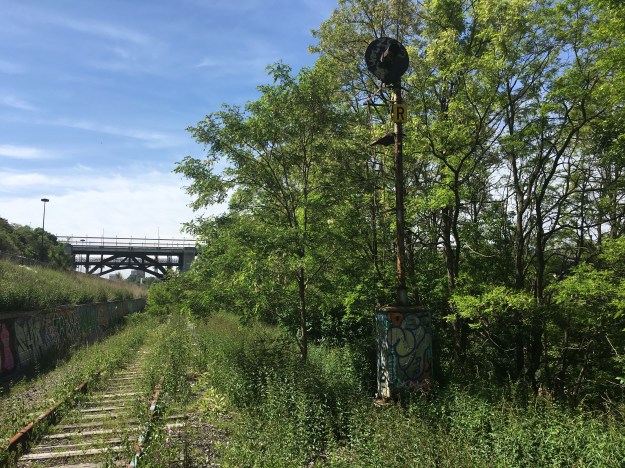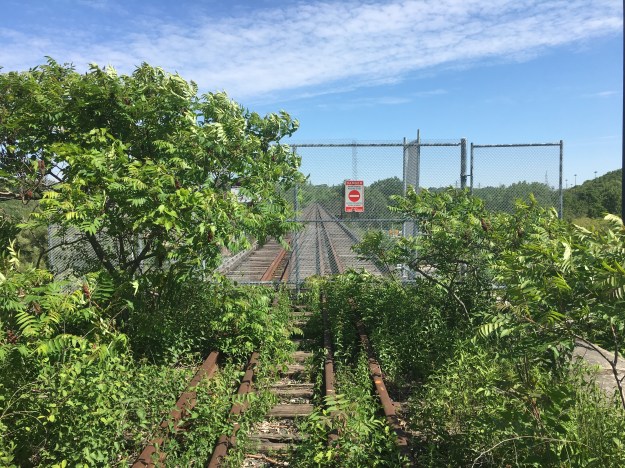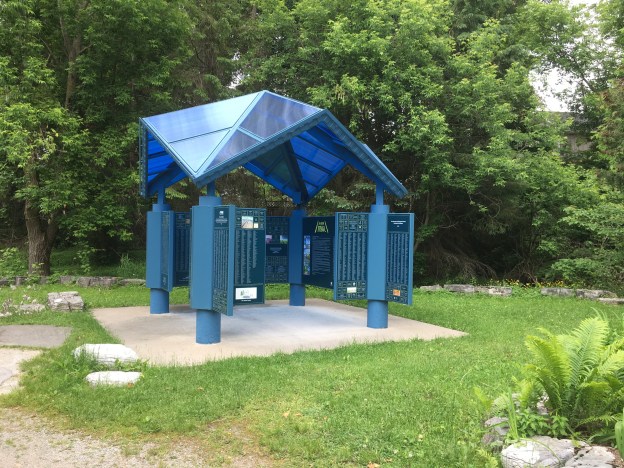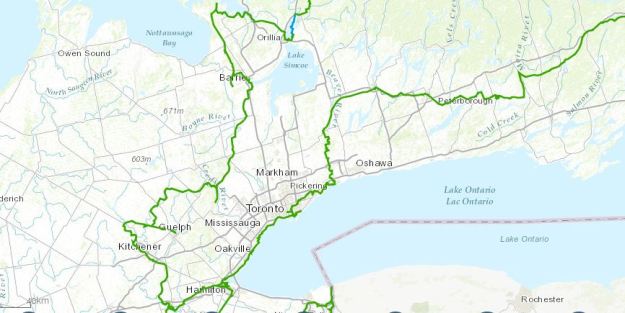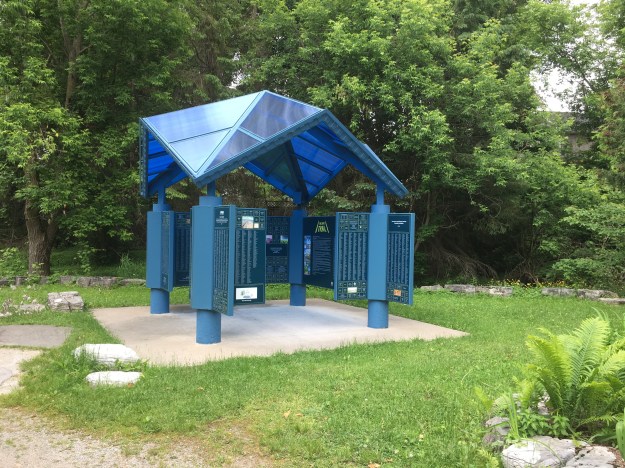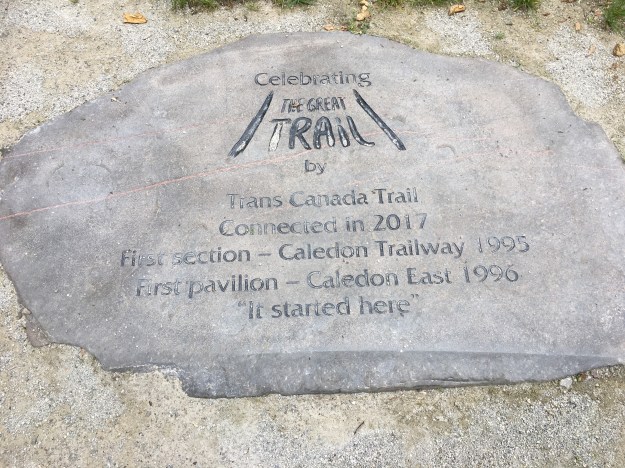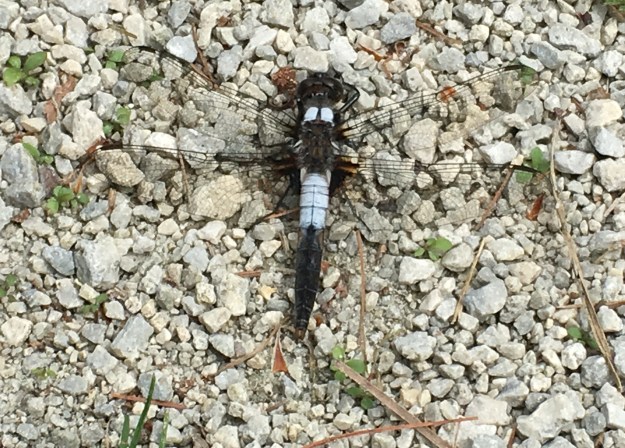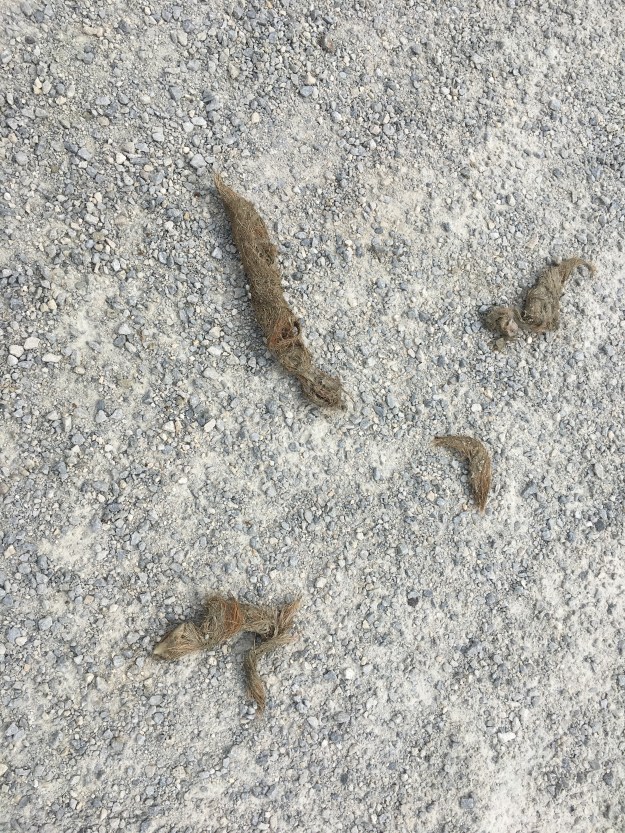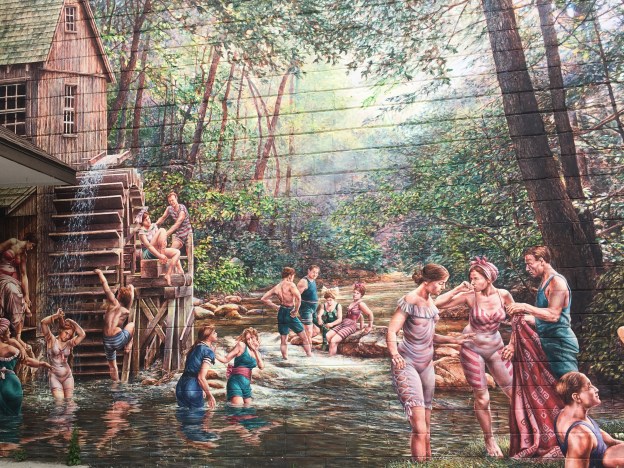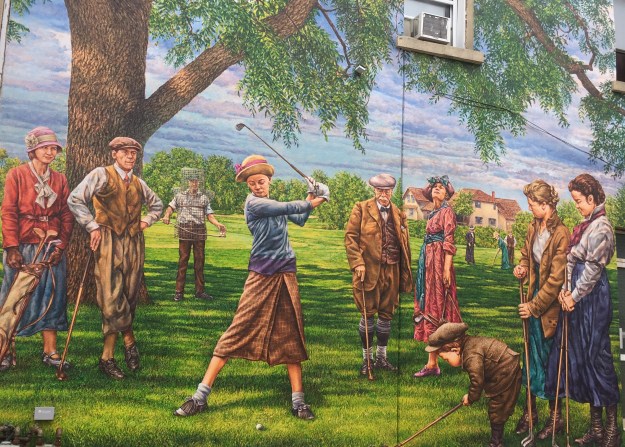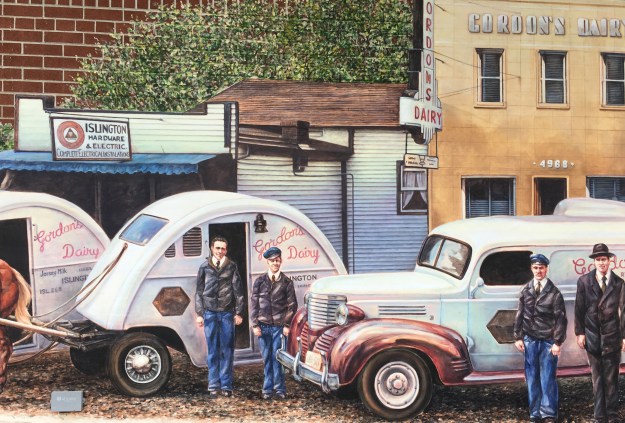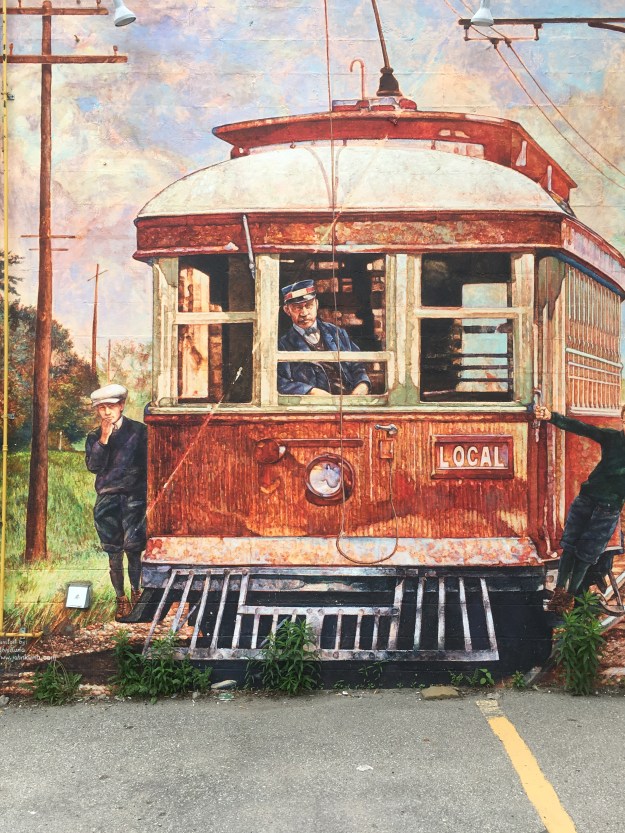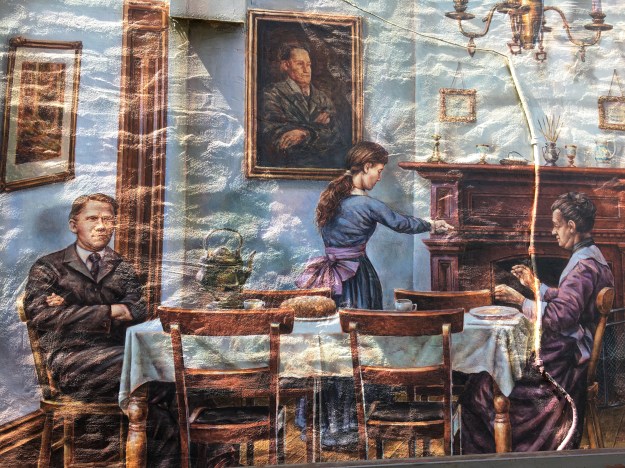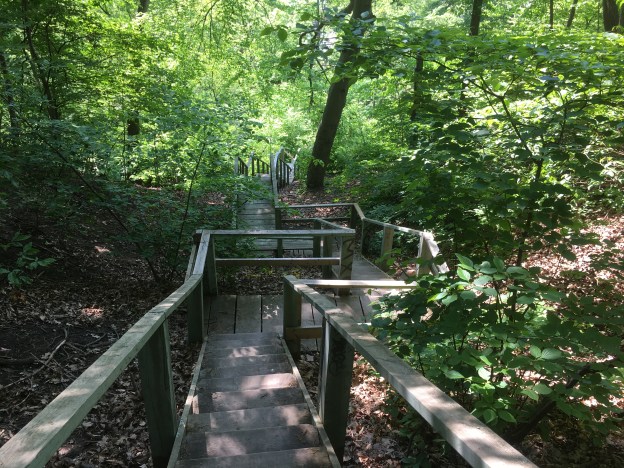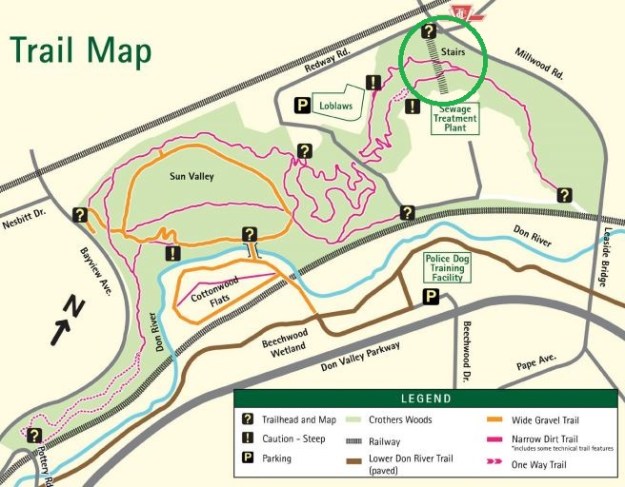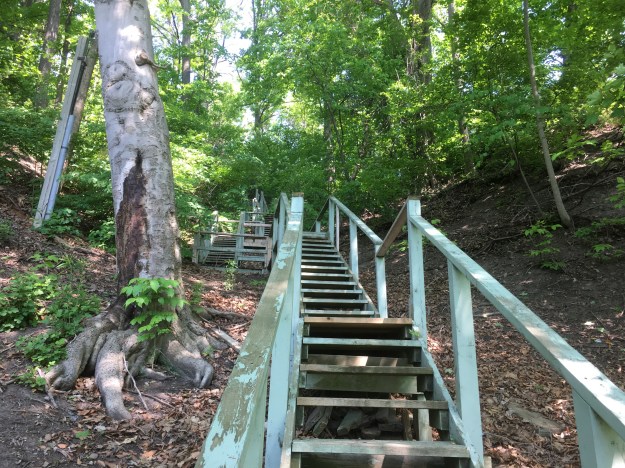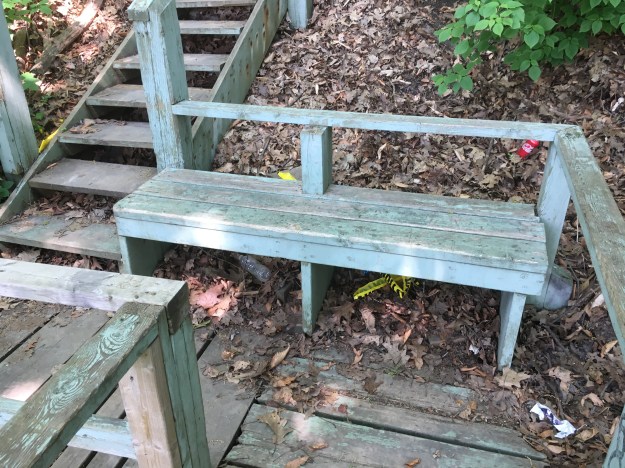Sunday, July 1, 2018
Hiking the GTA recently passed a couple of milestones having released over 300 stories with over 500,000 reads. This post gives a quick look at some of the most popular posts from the past 12 months. A short description of the blog as well as a picture and a link are provided. If you represent one of those half-million reads we owe you our gratitude and present this summary as our way of saying “Thank You”.
The River and Ruin Side Trail allows you to visit the ruins of James Cleaver’s house. The mill that he built still stands in Lowville as a public residence.
14. Griffin House
Eneral Griffin came to Canada via the undergound railroad that helped runaway American slaves find their way to a new life. Griffin set up home in this house in 1834 in a white community where he lived as a welcome member of society.
13. Burnhamthorpe – Ghost Towns of The GTA
Only four buildings survive in the former community of Burnhamthorpe, one of which is the old Methodist Church built in 1874.
12. Camp 30 – Bowmanville POW Camp
Built as a boys school in the 1920’s these buildings, and several others, were taken over for use as a prisoner of war camp in 1941. The buildings have since been abandoned and although they have heritage value are being allowed to deteriorate to the point where they may no longer be salvageable.
11. Devil’s Cave
The cave entrance has collapsed but it used to be wide enough to slide through into the cavern beyond. It is said that William Lyon Mackenzie hid in here when he was fleeing after his failed rebellion in 1837.
10. Norway – Ghost Towns of The GTA
A community formed along the Kingston Road in the area of the beaches that had 80 residents. The early name was Berkley but it was later changed to Norway.
Nature is reclaiming this former on ramp for the DVP. It was closed in 2005 because it was the site of multiple accidents over the years. It was too close to an exit ramp and cars were speeding up and slowing down on the same short stretch of highway.
8. Glenorchy – Ghost Towns of The GTA
The community of Glenorchy is probably best remembered for the collapse of the local bridge under the weight of a fully loaded potato truck. This 1835 log cabin is one of the few remaining buildings from Glenorchy.
Hart Massey was Canada’s first major industrialist. His family built an empire around the manufacture of farming equipment. The family house still stands in Taylor Park and the family is remembered through Massey Hall and the new Massey Tower downtown.
6. Humber Grove – Ghost Towns of The GTA
Humber Grove was a quiet community just north of Bolton on the Humber River until 1954 and the arrival of Hurricane Hazel. The town was in the flood plain and were deemed to be at risk of future flooding. The conservation authorities across the GTA were authorized to buy the houses in the various flood plains and have them demolished.
Rosetta McClain turned her 40 acre property overlooking the Scarborough Bluffs into a beautiful flower garden. When she passed away in 1940 her husband wanted to commemorate her and in 1959 he gave the property to the city as a park. Her house is in ruins but adds a certain charm to the park.

The Bloor Viaduct opened 100 years ago and was built with provisions for a subway that wouldn’t be added for 50 years. The section in the Rosedale Ravine has subway tunnels that were never used.
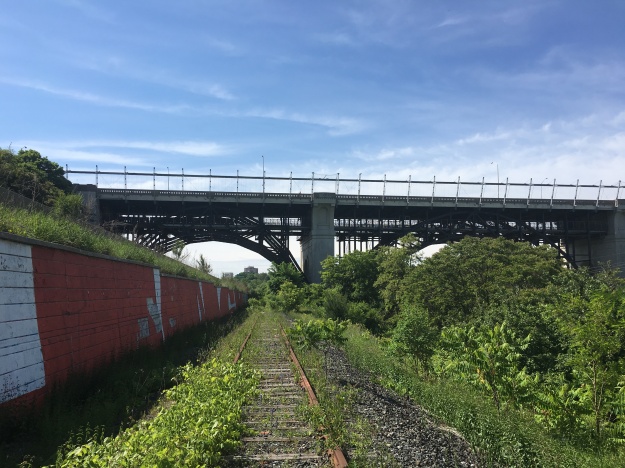
3. Palermo – Ghost Towns of The GTA
On the northern edge of Oakville, Palermo has become a collection of empty houses waiting for restoration or demolition. Redevelopment all around has left these historic buildings in a context that the three hundred residents that lived here in 1869 would find most peculiar.

Built in 1853 the Cobourg and Peterborough Railway included a trestle across Rice Lake. It was nearly 5 kilometres long but was damaged annually by winter ice until it was closed in 1866. Much of the old railway still lies just below the surface of Rice Lake.
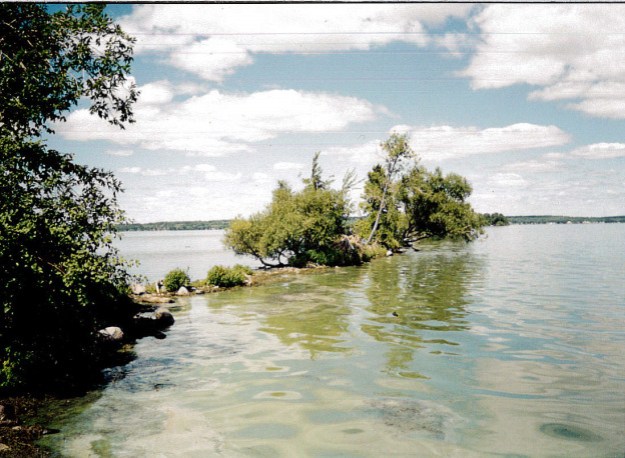
1. Ringwood – Ghost Towns Of The GTA
Ringwood proved to be one of the most popular in our series of ghost towns in the GTA. It has several abandoned houses as well as the school pictured below.

For our greatest treks from the earlier blogs please see:
Google Maps links are contained within each story.
Like us at http://www.facebook.com/hikingthegta
Follow us at http://www.hikingthegta.com



